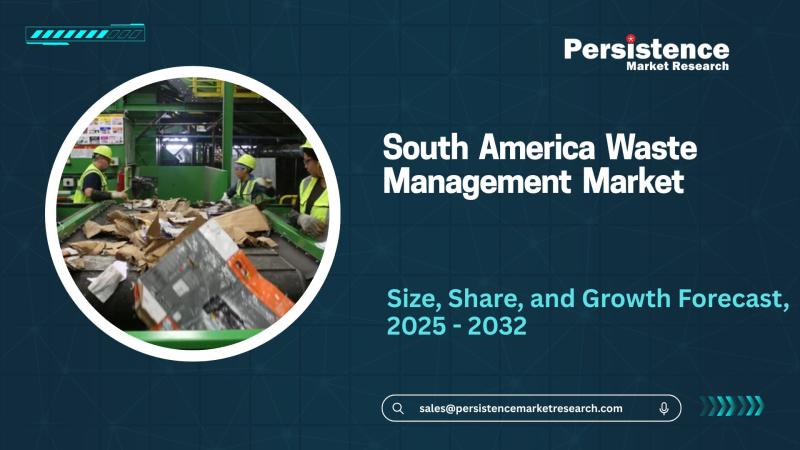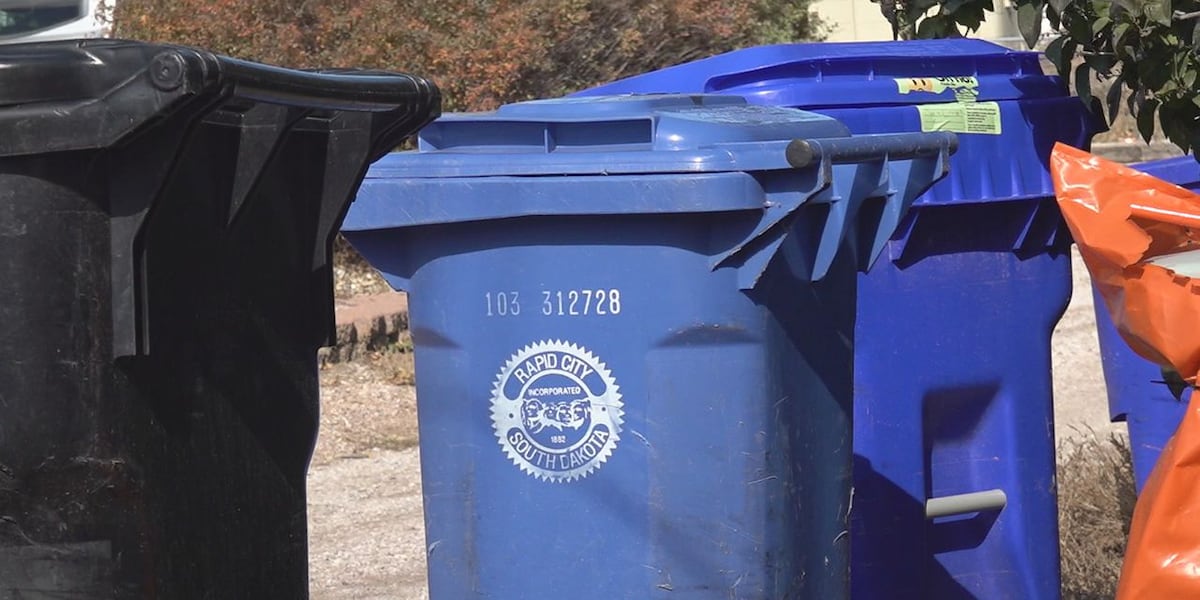Euro 7 limits target brake dust emissions, raising concern over costs – ehn.org

Report on European Union Brake Dust Regulation and Sustainable Development Goals
Executive Summary
The European Union is set to implement the world’s first regulations limiting brake dust pollution under the Euro 7 standards, effective in 2026. This report analyzes the new regulation, its implications for the automotive industry, and its significant alignment with several United Nations Sustainable Development Goals (SDGs), particularly those concerning health, sustainable cities, marine life, and responsible industry innovation.
SDG 3: Good Health and Well-being
The regulation directly addresses public health risks associated with particulate matter from brake wear, contributing to the goal of ensuring healthy lives and promoting well-being.
- Brake dust is a primary source of PM10 and finer PM2.5 particles, which are linked to severe health conditions.
- Health impacts cited by scientific research include:
- Asthma and other respiratory illnesses
- Heart disease
- Cognitive decline
- By capping brake-generated PM10 emissions, the Euro 7 standard aims to reduce the incidence of these non-communicable diseases, improving public health outcomes.
SDG 11: Sustainable Cities and Communities
The initiative is a critical step toward making cities and human settlements safer, more resilient, and sustainable by tackling a growing source of urban air pollution.
- As vehicle tailpipe emissions are reduced, non-exhaust sources like brake dust constitute a larger proportion of traffic-related pollution in urban areas.
- The Euro 7 standards establish a clear target for reducing this pollution, setting a limit of 3–11 mg of PM10 per kilometer, depending on vehicle size.
- This measure is essential for improving urban air quality, especially as the global vehicle fleet trends towards larger and heavier models which generate more particulate matter from braking.
SDG 14: Life Below Water
The regulation mitigates a significant threat to aquatic ecosystems, supporting the conservation and sustainable use of marine resources.
- Brake emissions settle on road surfaces and are washed into waterways during rainfall.
- This runoff contains heavy metals, such as copper and nickel, which are toxic to aquatic life.
- The push for regulatory compliance is accelerating the development and adoption of copper-free brake pads and other material innovations that prevent these pollutants from entering and poisoning marine environments.
SDG 9 & SDG 12: Industry, Innovation, and Responsible Production
The Euro 7 standards are a catalyst for innovation within the automotive industry, promoting sustainable industrialization and responsible production patterns.
- Fostering Innovation: Carmakers are actively developing new technologies to meet the emission targets, including:
- Advanced coatings for brake discs to reduce wear.
- Copper-free brake pad formulations.
- High-performance carbon-ceramic rotors.
- Reintroduction of enclosed drum brake systems.
- Promoting Responsible Production: The regulation compels the industry to redesign fundamental components for environmental sustainability.
- Economic Considerations: A challenge remains in implementing these cleaner technologies without significant cost increases for consumers, highlighting the need for balanced policies that support sustainable production without creating economic barriers. As noted by Adriana Diaz, Director of Innovation at EIT Urban Mobility, “It’s good that there is a specific and concrete call for action. It’s absolutely necessary.”
1. Relevant Sustainable Development Goals (SDGs)
Based on the article, the following Sustainable Development Goals are addressed or connected to the issues of brake dust pollution:
- SDG 3: Good Health and Well-being: The article directly links brake dust pollution to severe health problems.
- SDG 11: Sustainable Cities and Communities: The issue is framed as a significant source of urban air pollution that affects the environmental quality of cities.
- SDG 14: Life Below Water: The article explicitly mentions that pollutants from brake dust contaminate waterways and harm aquatic ecosystems.
- SDG 12: Responsible Consumption and Production: The focus on redesigning car components to be less polluting points to changes in production patterns.
2. Specific SDG Targets
The article’s content allows for the identification of specific targets under the aforementioned SDGs:
-
SDG 3: Good Health and Well-being
- Target 3.9: By 2030, substantially reduce the number of deaths and illnesses from hazardous chemicals and air, water and soil pollution and contamination.
- Explanation: The article supports this target by identifying brake dust as a source of “particulate pollution, especially the PM10 and still finer PM2.5 particles that lodge deep in the lungs.” It explicitly links these particles to “asthma flare-ups, heart disease and, in emerging research, cognitive decline,” which are the types of illnesses this target aims to reduce.
-
SDG 11: Sustainable Cities and Communities
- Target 11.6: By 2030, reduce the adverse per capita environmental impact of cities, including by paying special attention to air quality and municipal and other waste management.
- Explanation: The article highlights that brake dust constitutes a “growing share of traffic-related soot, even in cities that have curbed diesel exhaust.” The EU’s Euro 7 standards are a direct regulatory action to improve urban air quality, which is the core focus of this target.
-
SDG 14: Life Below Water
- Target 14.1: By 2025, prevent and significantly reduce marine pollution of all kinds, in particular from land-based activities, including marine debris and nutrient pollution.
- Explanation: This target is relevant because the article states that “brake emissions also settle on streets and wash into waterways, where metals such as copper and nickel can poison aquatic life.” This describes a land-based activity (driving) causing pollution that harms aquatic environments.
-
SDG 12: Responsible Consumption and Production
- Target 12.4: By 2020, achieve the environmentally sound management of chemicals and all wastes throughout their life cycle… and significantly reduce their release to air, water and soil in order to minimize their adverse impacts on human health and the environment.
- Explanation: The article discusses how “automakers are turning to coated discs, copper-free pads, carbon-ceramic rotors” to meet new regulations. This represents a shift in production patterns to manage the waste (brake dust) and chemicals (copper, nickel) generated during a product’s use, directly aligning with the goal of reducing their release to the air and water.
3. Mentioned or Implied Indicators
The article mentions or implies several indicators that can be used to measure progress towards the identified targets:
-
For Target 11.6:
- Indicator 11.6.2: Annual mean levels of fine particulate matter (e.g. PM2.5 and PM10) in cities (population weighted).
- Explanation: This indicator is directly mentioned. The article specifies that the EU’s Euro 7 standards will “cap brake-generated PM10 at 3–11 mg per kilometer.” This provides a specific, measurable limit for PM10 emissions, which is a key component of this indicator for tracking urban air quality. The text also refers to “PM2.5 particles.”
-
For Target 3.9:
- Indicator 3.9.1: Mortality rate attributed to household and ambient air pollution.
- Explanation: While the article does not state a specific mortality rate, it strongly implies this indicator by linking air pollution from brake dust to life-threatening conditions like “heart disease.” The entire purpose of the regulation is to reduce these pollutants to prevent such illnesses and associated deaths.
-
For Target 14.1:
- Implied Indicator: Concentration of heavy metals (copper, nickel) in waterways from land-based runoff.
- Explanation: The article does not name a formal UN indicator, but it provides the basis for one. It specifies that “metals such as copper and nickel can poison aquatic life” after washing into waterways. Therefore, measuring the reduction of these specific metals in urban runoff would be a direct way to track progress. The development of “copper-free pads” is a direct action to improve this implied metric.
4. Summary Table of Findings
| SDGs | Targets | Indicators |
|---|---|---|
| SDG 3: Good Health and Well-being | Target 3.9: Substantially reduce deaths and illnesses from hazardous chemicals and air, water, and soil pollution. | Implied Indicator (related to 3.9.1): Reduction in illnesses linked to air pollution (asthma, heart disease) as mentioned in the article. |
| SDG 11: Sustainable Cities and Communities | Target 11.6: Reduce the adverse per capita environmental impact of cities, paying special attention to air quality. | Indicator 11.6.2: Annual mean levels of fine particulate matter (PM10 and PM2.5). The article specifies a new cap of “3–11 mg per kilometer” for PM10. |
| SDG 14: Life Below Water | Target 14.1: Prevent and significantly reduce marine pollution of all kinds from land-based activities. | Implied Indicator: Reduction in the concentration of heavy metals like “copper and nickel” washing from streets into waterways. |
| SDG 12: Responsible Consumption and Production | Target 12.4: Achieve the environmentally sound management of chemicals and all wastes to minimize their release to air, water, and soil. | Implied Indicator: Adoption of cleaner technologies by automakers, such as “coated discs” and “copper-free pads,” to reduce pollution at the source. |
Source: ehn.org

What is Your Reaction?
 Like
0
Like
0
 Dislike
0
Dislike
0
 Love
0
Love
0
 Funny
0
Funny
0
 Angry
0
Angry
0
 Sad
0
Sad
0
 Wow
0
Wow
0
























;Resize=805#)























































